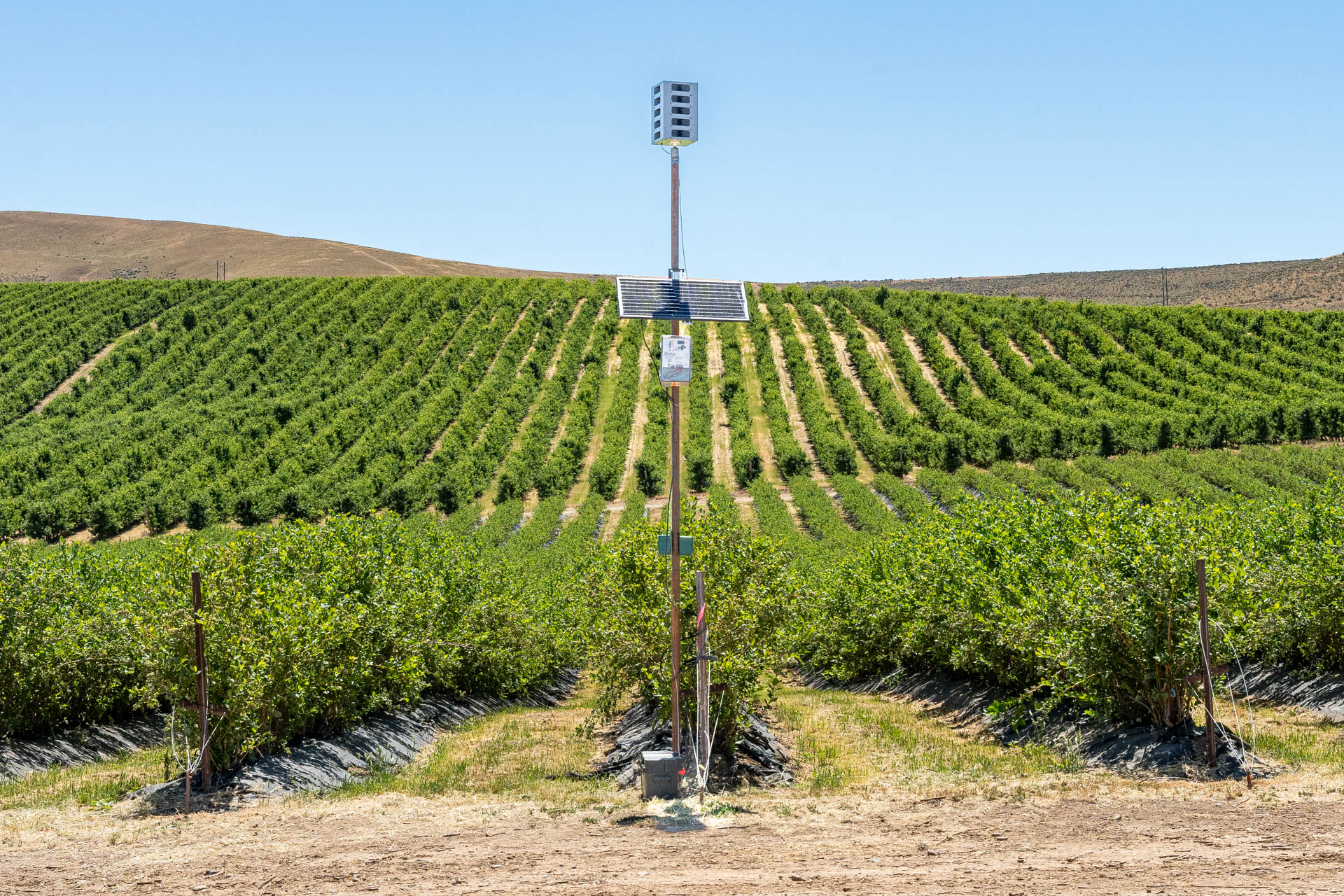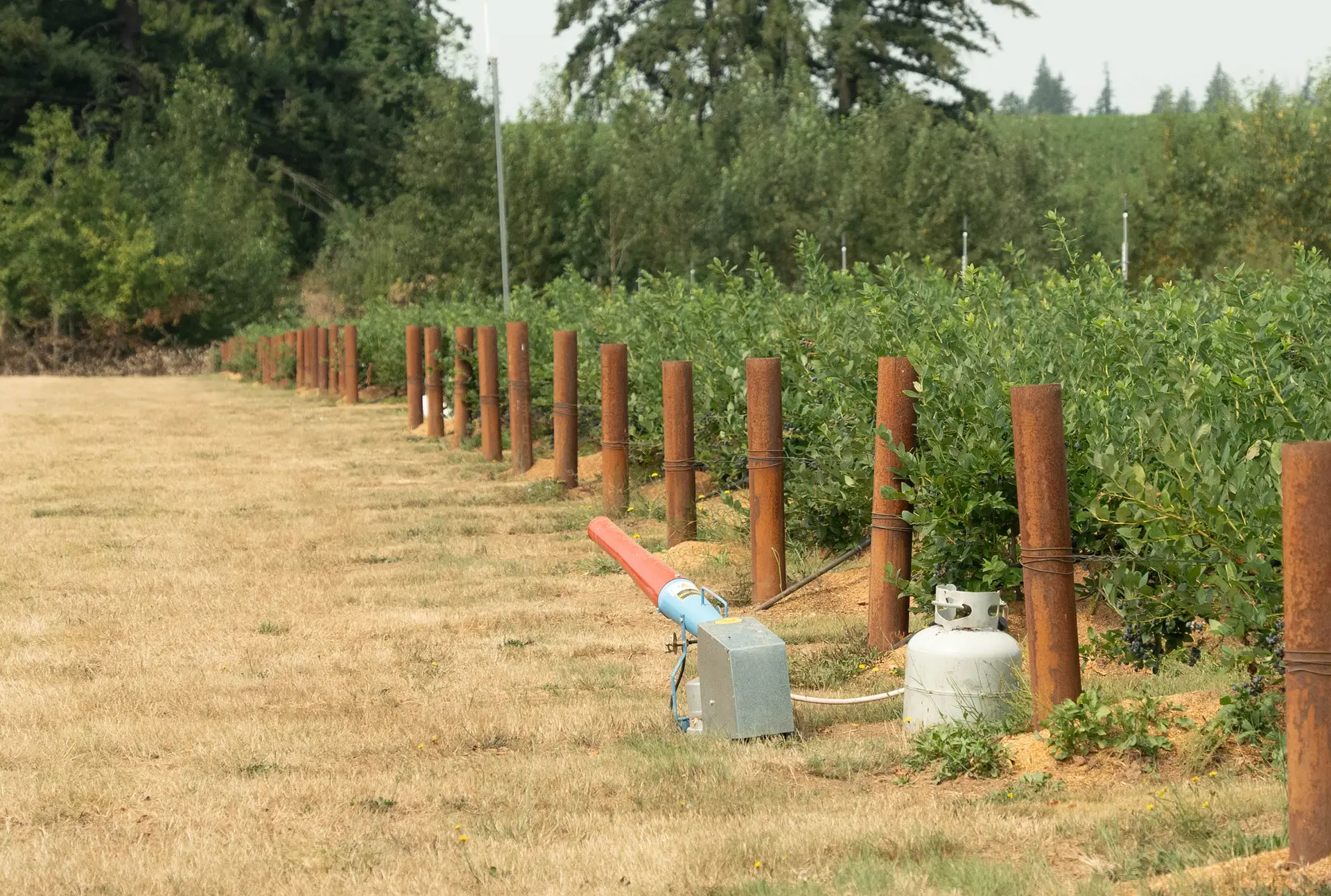Bird control is a persistent challenge for farmers, operations managers, and industry leaders alike. Birds are intelligent creatures, capable of adapting to their environment, which renders many traditional deterrent methods ineffective over time. This adaptation, called habituation, is a critical problem in bird management. However, randomized bioacoustics provides a modern, effective solution to outsmart these adaptable birds.
By incorporating unpredictable sound patterns and biologically significant calls, technologies such as those offered by Bird Gard successfully combat bird habituation and protect valuable resources over the long term. This blog explains the concept of bird habituation, its impact on critical industries, and how randomized bioacoustics offers an innovative and sustainable way to address it.
What Is Bird Habituation?
Bird habituation refers to the process where birds become accustomed to a stimulus and eventually stop responding to it. Birds, like humans, adapt to their surroundings. If a perceived threat remains consistent and predictable, they interpret it as harmless and ignore it.
Examples of Habituation in Bird Deterrents:
- Static Scarecrows
- Positioned in one place for extended periods, scarecrows quickly lose their effectiveness.
- Stationary Visual Deterrents
- Reflective objects or decoys, when unvaried, fail to deter birds after initial encounters.
- Stationary Decoys
- Birds often become accustomed to stationary scarecrow-like devices or owl decoys when they observe no actual threat or movement over time. Initially effective, these static deterrents lose their impact as birds realize the objects are harmless.
- Visual Flash Tapes
- Reflective tapes fluttering in the wind can deter birds initially but may become ineffective as birds habituate to the repetitive movement and reflections, learning they pose no real danger.
- Ultrasonic Devices
- Although promoted as a deterrent, ultrasonic devices often suffer from habituation because most birds cannot hear the high-frequency sounds, and those that might detect them quickly adapt when no physical threat accompanies the noise.
- Non-Varying Sound Systems
- Deterrents that use a fixed set of sounds or predictable timing for playback often fail over time. Birds learn to ignore these sounds, understanding there is no genuine predatory presence or danger.
- Lasers or Steady Light Beams
- Unchanging or overly consistent use of lasers or light beams often leads to habituation. Birds quickly recognize that the light presents no physical threat, rendering the method ineffective for long-term deterrence.
- Propane Cannons
- Propane cannons produce loud, explosive sounds intended to scare birds away. However, if used repeatedly without variation in timing or intensity, birds can become accustomed to the noise. This habituation reduces the effectiveness of propane cannons as a long-term bird deterrent strategy. Frequent adjustment to firing patterns and integration with other deterrent methods can help mitigate this issue.
While this adaptability showcases the birds’ intelligence, it renders many traditional and widely-used deterrent methods unreliable, especially when a long-term solution is needed.
Why Habituation Is a Problem
Habituation isn’t just an inconvenience; it has tangible, costly consequences across different sectors. Here’s why it’s a pressing concern:
1. Crop Damage
Birds feeding on grains, fruits, or seeds can cause irreversible damage to entire harvests. For farmers, this directly impacts profits and endangers food supply chains.
2. Health Hazards
Flocking and roosting birds in industrial or urban areas pose health risks. Bird droppings harbor pathogens and diseases such as histoplasmosis, threatening workers and nearby residents.
3. Structural Damage
Nesting birds create blockages, damage machinery, and disrupt everyday operations in factories, airports, and storage facilities, leading to expensive repairs.
When left unchecked, bird pressures escalate, compounding these problems, disrupting operations, and necessitating a smarter solution.
How Randomized Bioacoustics Prevent Habituation
Randomized bioacoustics leverages sound variability to keep birds alert and uncomfortable. By using advanced playback systems that mimic random, unpredictable natural conditions, it prevents birds from adapting. Here’s how it works:
1. Unpredictable Sound Patterns
Bird Gard systems operate with random playback sequences. These sequences involve distress and alarm calls, varying in timing, duration, and order. This prevents birds from detecting a predictable pattern, keeping them on edge instead of becoming accustomed.
2. Pitch & Frequency Modulation
Unique to Bird Gard’s systems, sound pitches and frequencies are modulated intentionally. This replicates the irregular and natural vocalization patterns heard in the wild, enhancing realism and maintaining impact.
3. Species-Specific Calls
Bird Gard specializes in tailored soundscapes for specific bird species. By broadcasting distress calls that resonate biologically with a farm’s targeted species, Bird Gard systems minimize the impact on helpful or neutral species like pollinators or predatory birds.
4. Predator Call Integration
Predator calls are built into Bird Gard systems to intensify the perceived threat. Pairing these calls with distress signals creates an environment that feels perpetually unsafe for birds.
The Science Behind Randomization
Randomized bioacoustics is grounded in behavioral science. Birds rely heavily on acoustic signals to assess danger. When the sounds they hear are inconsistent yet biologically significant (like predator calls or distress cries), they respond instinctively to avoid the area.
Critically, this approach ensures:
- Ongoing Effectiveness: The randomized content minimizes habituation, ensuring deterrent impact for an extended period.
- Minimal Stress for Birds: It encourages relocation without undue harm.
- Environmental Safety: This non-lethal approach aligns with sustainable business practices.
Real-World Applications
Randomized bioacoustic systems such as Bird Gard’s deliver remarkable results in various settings. Here are some key industries reaping the benefits:
1. Agriculture
Protecting crops from persistent pest birds like starlings ensures higher net yields and reduced loss, offering peace of mind to farmers.
2. Power and Mining Facilities
Bird control in power plants and mining sites is crucial to maintaining operational safety and efficiency. Birds can interfere with machinery, pose risks to electrical systems, and create hazards in these high-stakes environments. Implementing effective bird deterrent measures helps protect infrastructure, reduces downtime, and minimizes potential risks to equipment and personnel.
3. Livestock
Protecting livestock facilities from birds is essential to maintain sanitation and prevent the spread of diseases. Bioacoustic technologies help deter birds from contaminating feed and water supplies.
4. Vineyards and Orchards
Protecting fruit crops from bird damage ensures higher quality yields and reduces the need for visual deterrents or netting, promoting efficiency in farming practices.
5. Airports
Runway safety is paramount. Deterring flocks from settling reduces accident risks related to bird strikes.
6. Industrial Sites
Zones around warehouses and machinery ensure uninterrupted operations, minimizing repair costs and delays.
7. Urban Environments
Urban rooftops, public parks, and transportation hubs rely on bioacoustic solutions to maintain cleanliness and safety.
8. Coastal Areas
Ports, harbors, and fishing docks benefit from bioacoustic techniques to deter seabirds that can interfere with operations, damage equipment, or scavenge from fishing supplies.
9. Solar Farms
Solar panel installations remain efficient when bird activity is controlled, reducing droppings and nest-building that can obstruct energy production.
10. Historical Monuments
Maintaining the integrity of cultural landmarks is crucial. Bioacoustic solutions help prevent birds from nesting or leaving droppings on historic sites, preserving their appearance and structure.
11. Fisheries and Aquaculture
Birds can cause significant losses in aquaculture by preying on fish stock and damaging equipment. Effective bird control measures help minimize these risks and improve productivity in fisheries.
12. Warehousing and Manufacturing
Protecting industrial facilities from bird activity is important for hygiene and operational efficiency. Reliable bird deterrent strategies minimize damage to products and equipment.
13. Retail and Commercial Spaces
Bird control in retail environments ensures cleanliness, prevents property damage, and creates a pleasant space for customers and employees. It protects storefronts, signage, and outdoor areas from bird interference.
Why Bird Gard Outshines Alternatives
Bird Gard stands out in the bird deterrent market with its advanced bioacoustic technology and commitment to long-term results. Here’s why Bird Gard systems are the top choice for bird control:
1. Customization
Bird Gard collaborates closely with clients to assess their specific needs, identifying target species and adapting solutions accordingly.
2. Durability & Reliability
Built to last, Bird Gard systems are easy to self-install and constructed for outdoor resilience, boasting lifespans of 10–12 years and a 5-Year Parts and Labor Warranty.
3. Proven Effectiveness
With over 35 years of expertise and over 10,000 customers worldwide, Bird Gard is recognized as the world-leader in bioacoustic bird control solutions.
4. Environmentally Friendly
Bird Gard provides non-lethal, humane bird control solutions, aligning with sustainability commitments.
Invest in Smarter Bird Control
Habituation may seem like an impossible hurdle, but randomized bioacoustic technology proves that smarter solutions can outwit even the most adaptable birds. Bird Gard’s cutting-edge systems efficiently prevent habituation, providing sustainable protection for farms, warehouses, airports, and more.
By leveraging tailored soundscapes, randomization, and ecological science, businesses can safeguard assets, reduce costs, and reap the benefits of smart management practices.
Ready to solve your bird control challenges?
Discover Bird Gard’s innovative systems today and experience unmatched reliability and effectiveness. Contact us for a tailored consultation or to learn more about our solutions.



